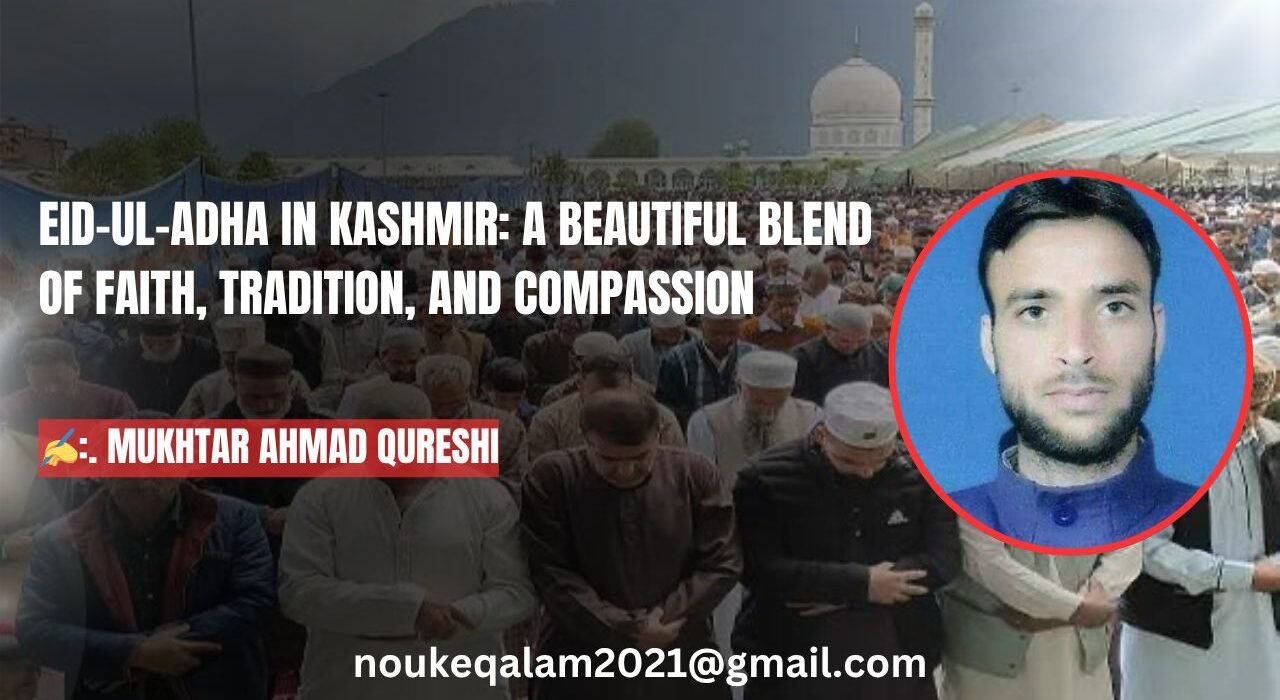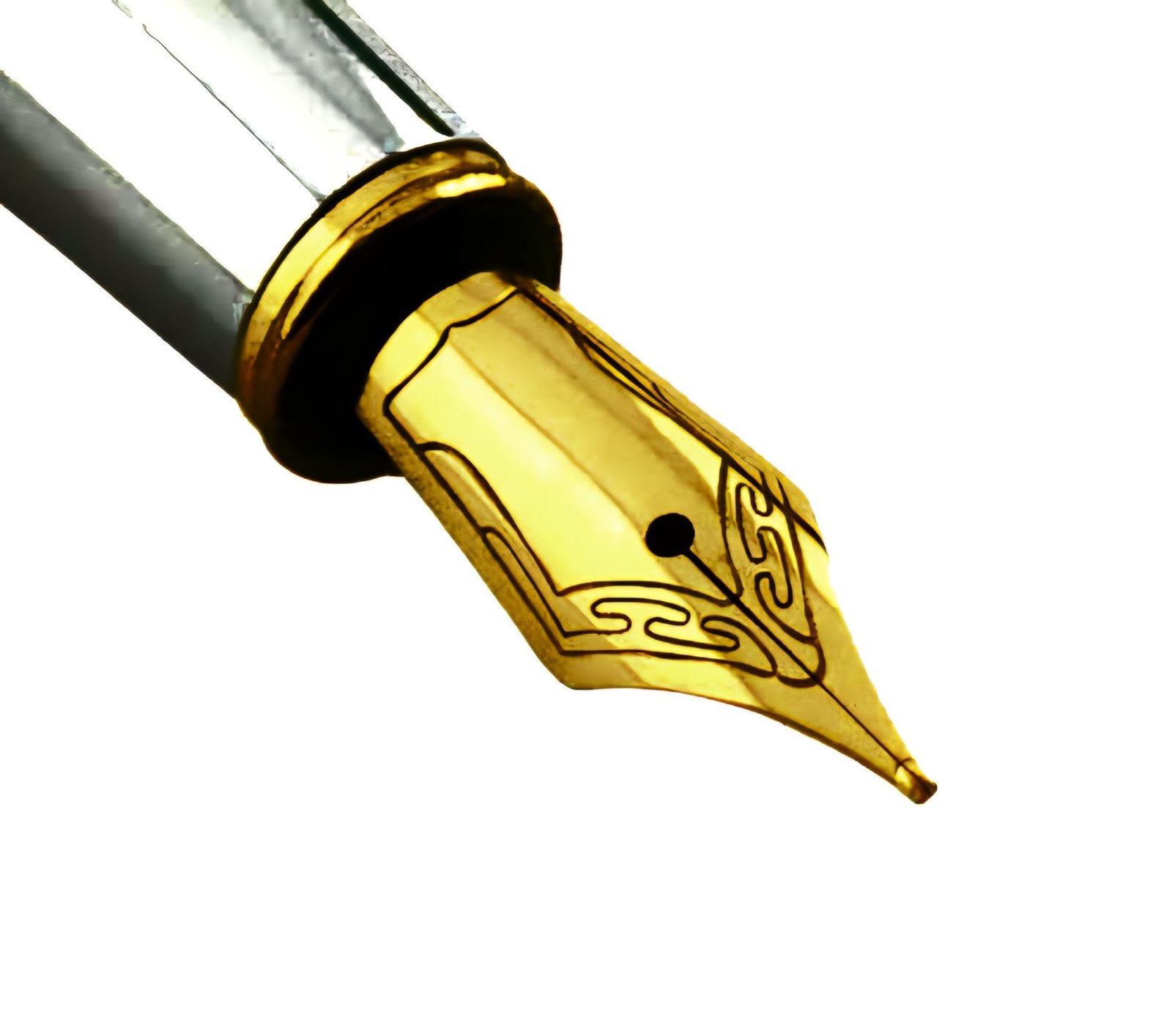Eid-ul-Adha in Kashmir is not just a festival—it is a heartfelt tradition where faith meets compassion, and the valleys echo with prayers, brotherhood, and the fragrance of sacrifice.
Eid-ul-Adha, also known as Bakr Eid or the Festival of Sacrifice, is one of the most significant Islamic festivals celebrated by Muslims across the world. In Kashmir, it is marked with deep religious fervor, rich cultural expressions, and strong social bonds. Rooted in the historical account of Prophet Ibrahim (A.S.)’s unwavering faith in Allah, Eid-ul-Adha in Kashmir is an inspiring combination of spirituality, family values, tradition, and celebration that touches every corner of the valley.
The Spiritual Essence
Eid-ul-Adha commemorates the greatest act of obedience by Prophet Ibrahim (A.S.), who was willing to sacrifice his son Ismail (A.S.) in submission to Allah’s command. In recognition of his devotion, Allah replaced Ismail (A.S.) with a ram—thus beginning the tradition of Qurbani (sacrifice), which Muslims observe to this day.
In Kashmir, the day begins with the recitation of Takbeerat and large congregational prayers held in open grounds, Eidgahs, and shrines such as Hazratbal, Khankah-e-Moula, and Dargah Sharif. Thousands of worshippers, dressed in clean or freshly washed clothes, come together in humility and gratitude. The Eid sermon often focuses on themes of sacrifice, mercy, and unity among humankind.
Pre-Eid Preparations
Preparations begin several days in advance. Markets in cities and towns such as Srinagar, Baramulla, Sopore, Anantnag, and Kupwara bustle with activity. Livestock markets are crowded with people carefully selecting sheep and goats for Qurbani, ensuring they meet the health and religious criteria.
Tailors, bakeries, and general stores experience a surge in business. Women prepare traditional dishes, clean and decorate homes, and children eagerly await new clothes and Eidi (money or gifts from elders).
Sacrifice and Distribution
The act of Qurbani is the essence of Eid-ul-Adha. In Kashmir, it is performed with sincerity and a strong sense of community. Sacrifices are usually carried out immediately after prayers in courtyards or designated areas.
The meat is divided into three parts: one-third for the family, one-third for relatives and friends, and one-third for the poor and needy. This practice reinforces social harmony and ensures that the joy of Eid reaches every section of society.
It’s a touching scene—young boys helping divide and distribute meat, carrying neatly wrapped portions in plastic or traditional cloth. Even children become active participants in this act of compassion.
Culinary Traditions
No Eid celebration in Kashmir is complete without its delicious traditional dishes. Signature meals like Rista (meatballs in red gravy), Gushtaba (meatballs in yogurt gravy), Rogan Josh, Yakhni, Kababs, Tabaq Maaz, and Harissa (in colder seasons) are served with aromatic rice or naan.
The grand Wazwan, a legacy of Kashmiri cuisine, features prominently in family feasts. Kashmiri Kahwa or Noon Chai (salted pink tea) adds warmth to family gatherings, as the fragrance of cardamom, cinnamon, and saffron fills homes.
Family, Community, and Modern Touch
Family get-togethers are at the heart of Eid. Families visit each other, exchange Eid Mubarak, offer sweets, and elders bless the young ones with Eidi.
In rural areas, community cohesion is particularly strong. Local mosque committees often organize sacrifices on behalf of families unable to afford livestock. NGOs and youth organizations also step in to distribute meat and clothes to the underprivileged.
In recent years, social media has added a modern touch to the celebrations. People share pictures in traditional attire, send digital wishes, and connect with loved ones across distances.
Eid-ul-Adha in Changing Times
While traditional values remain intact, Eid-ul-Adha celebrations in Kashmir are gradually adapting to modern trends. With growing awareness of cleanliness, hygiene, and environmental sustainability, many now opt for organized or collective Qurbani through local welfare organizations.
Eid-ul-Adha in Kashmir is more than a religious obligation—it is an emotional and cultural celebration. It tells stories of devotion, charity, and joy that echo across the valleys for days. From dawn prayers to evening feasts, from children’s laughter in new clothes to the heartfelt prayers of the elderly, Eid in Kashmir is a beautiful display of faith, love, and unity.
(Writer is a teacher, author, and columnist from Boniyar, Baramulla. He can be contacted at mukhtar.qur@gmail.com / +91 8082403001)






